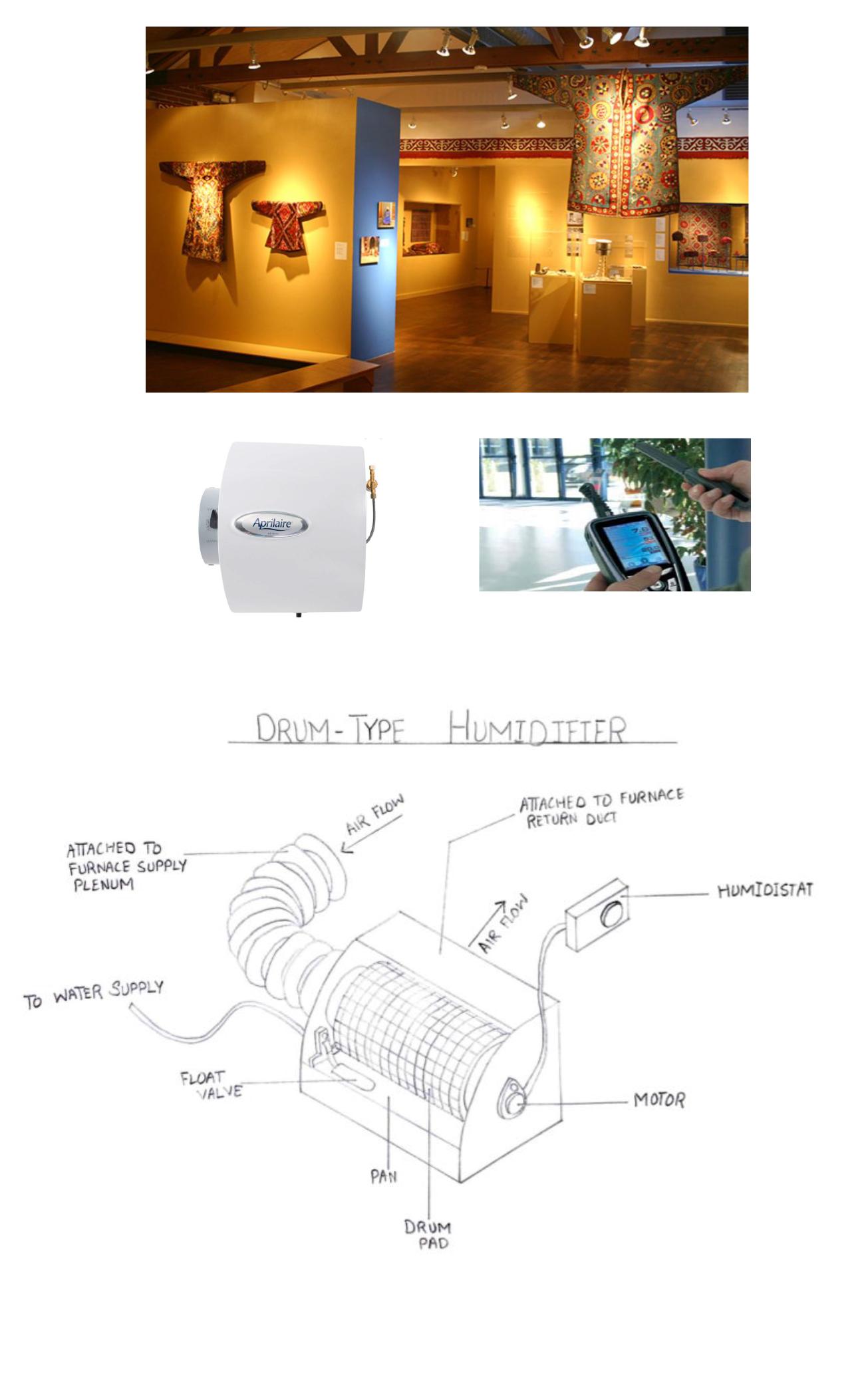
2 minute read
Indoor Air Quality
by Noah
15
INDOOR AIR QUALITY Research by Osama Amir
Advertisement
Abstract
Indoor air quality (IQA) refers to the air quality within and around the buildings and structures, especially as it relates to the health and comfort of building occupants in museums it is maintained according to the products stored inside. Factors affecting IQA are humidity levels, temperature, HVAC issues, ventilation and chemicals
Organic materials contain a high proportion of water, so they retain moisture. They absorb or give off moisture until they reach a state of equilibrium with the air that surrounds them. These materials include wood, paper, cotton, linen, wool, silk. When the air surrounding is very dry it makes it uncomfortable for the visitors and it results in chronic skin and throat irritation. it will affect the organic materials as these materials will give off moisture and become brittle and may shrink, warp, split or crack. When the surrounding air has high moisture content it results in dehydration, heat exhaustion and fatigue. Organic materials will absorb moisture and may swell, cockle, warp, change shape or lose strength. The environment in museums is measured in relative humidity (rh). This expresses as a percentage of maximum amount of water the air can hold at that temperature. The rh should not drop below 40% or rise above 70%. humidity can be controlled by constantly monitoring it and by installing humidifiers or dehumidifiers.
Objects themselves are rarely directly affected by temperature. Fluctuating heat, however, can damage or compromise items in indirect ways. Uncontrolled temperatures can cause changes in humidity, damaging objects through rh fluctuation, which is the main reason for controlling temperature and it affects the comfort of people working or visiting the museum. The humidity of the air depends on temperature for example at 10ºC, 10g water is the maximum amount the air can hold, so the rh is 100% but at 30ºC, 10g is about one-third of the maximum amount therefore the rh is approximately 33%. The recommended temperature for museum is 16ºC to 20ºC at the area where crafts are displayed to give a comfortable environment for the visitors and to keep the craft in a good shape. The temperature of other spaces such as café and restaurant can vary from 20°C to 26°C. The temperature can be controlled by installing air-conditions and heaters to maintain suitable temperature.
Dust or dirt in ductwork and other components of HVAC system can pollute the cooled or heated air circulating in the museum. Excessive moisture caused by leaks can also encourage mold and mildew growth, which can trigger health conditions. these problems can be avoided by maintaining the HVAC system regularly.
Insufficient ventilation can trap the polluted air indoors, which can lead to bacteria, pollen and dust buildup making the indoor environment polluted and causing health issues and discomfort for the visitors. it’s important to introduce fresh air into the museum through windows, doors and exhaust fans.
Exposure to volatile organic compounds (VOCs) which are the gasses emitted from certain solids or liquids such as new paint, flooring, cleaning products and other furnishing. VOCs have a high vapor pressure and low water solubility. most VOCs are human made chemicals that can cause nausea, fatigue and allergies. This problem can be avoided by using non-toxic products.











